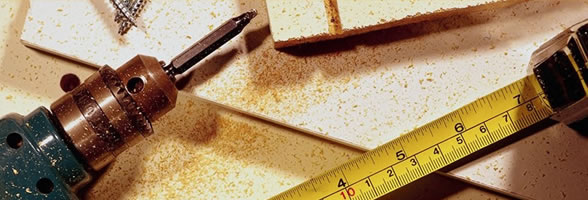
Design of Soldered Joints
03.12.2009 10:31 da
Design of Soldered Joints
Chassis need to be strong enough for the demands of normal racing - and that includes accidents. (Even if your driving is perfect, other drivers can cause accidents!) Chassis will bend or break if you hit them hard enough.
Solder is inherently weak compared with the steel or brass you are soldering. So does that mean the soldered joint fails long before the strength of the steel and brass bits had been reached? No it doesn't - very often the steel will bend first leaving the soldered joints intact. How a chassis behaves in an accident has a lot to do with design as well as the inherent strength of the materials.
Much of the improvement in handling over the years has been achieved by including flexibility in the chassis design. Unfortunately flexibility in normal use tends to mean it's easier to bend in an accident.
These days national racing is dominated by edm or laser cut steel chassis in the free chassis categories, and pressed steel or brass chassis in the production categories. One of the advantages of edm or laser cut steel chassis is that they can have the required amount of flex while being too weak in an accident. The fabricated brass and piano wire chassis that for so long dominated national racing are now largely confined to retro racing.
One good tip is to design soldered joints in bending rather than torsion - perhaps this is best explained by a diagram

With joints in torsion, the solder tends to crack (starting at the right hand side in the diagram) and the crack then spreads along the joint till the joint fails. In a practical chassis the loads on a joint are not all in one direction. A little thought should reveal where the main loads are, so you can keep the torsion loads to a minimum.
Wrapping the joint between two pieces of wire with thin copper wire then soldering provides extra strength, and it particularly useful where joint strength is marginal. (see photo below) However, if the joint design means the wire will bend first even without wrapping, then there is little benefit.

There is always plenty to be leant from looking at existing chassis. One important thing when joining wire is to make the joint long enough. Below are a couple of saloon chassis from the same manufacturer (BSP) the newer one is on the right. Look at the spine joint to the motor box shows how the design has evolved. In fact the earlier straight joint rarely gave trouble, but this feature was redesigned to provide a stronger joint. The right hand design (shown enlarged) has a much longer joint, achieved by bending the wire.


Below is a retro chassis by Ian Fisher Note the length of the soldered joints to the main rails at each end of the chassis.

Chris Frost
Copyright © 2007 British Slot Car Racing Association All photographs are copyright Chris Frost All rights reserved
No liability is accepted for this information or any use to which it may be put
—————
